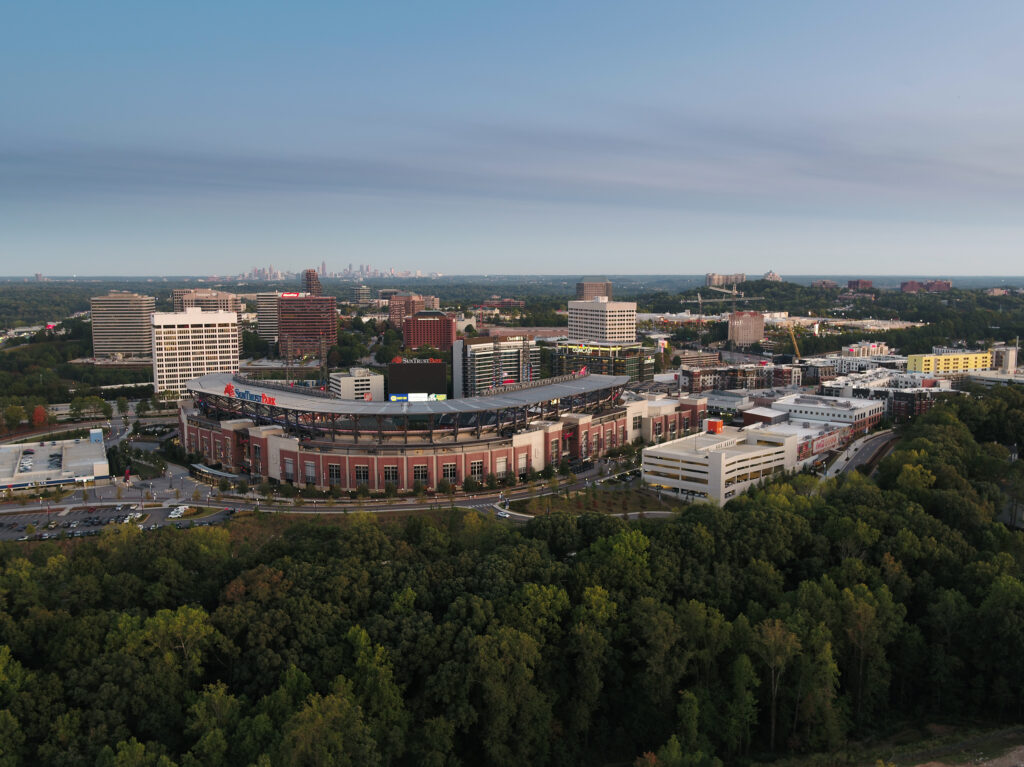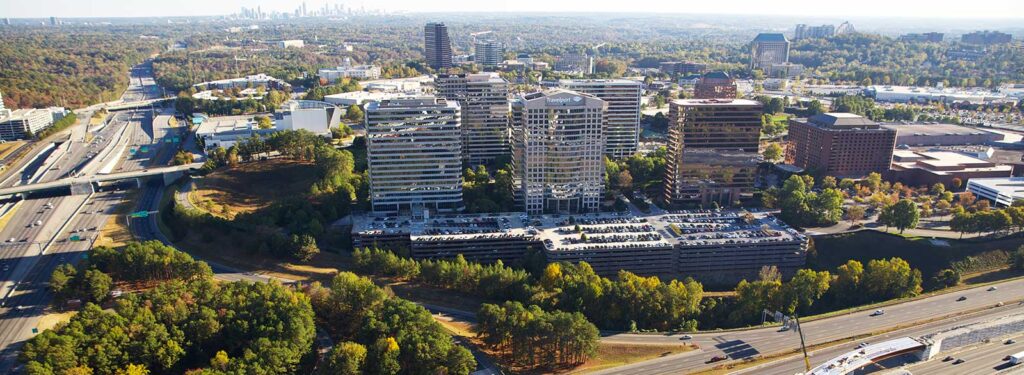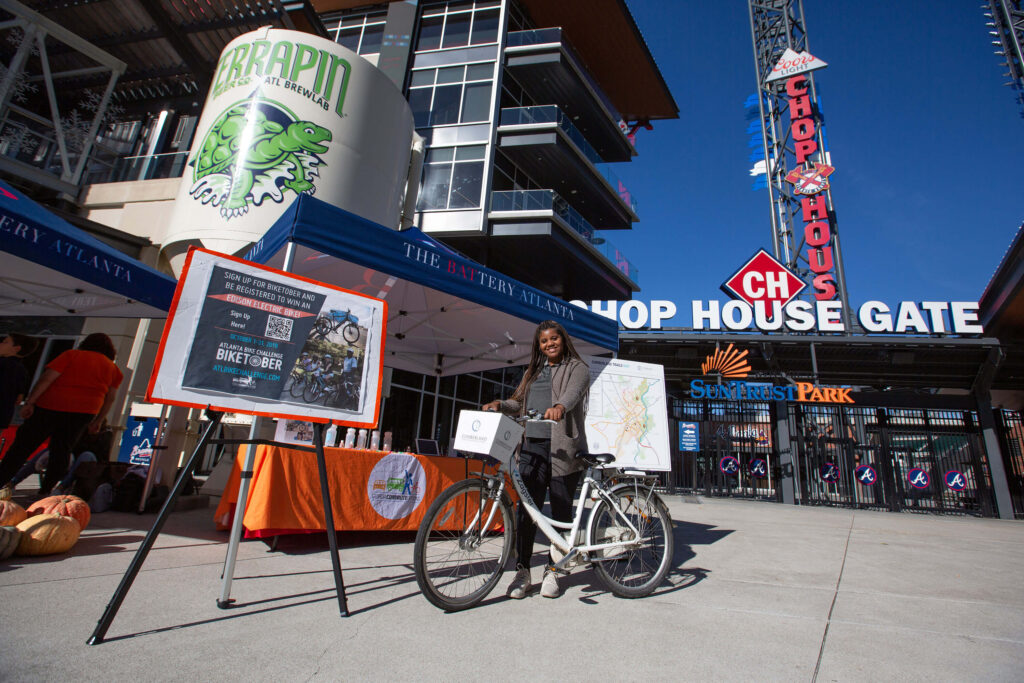by Barry Teague, Treasurer – Cumberland CID; Principal – Walton Communities
During the 1990s and early 2000s, the Cumberland area was primarily a 9-5 commuter environment where people traveled to the district for work and returned to their home communities in the evening. You rarely even saw restaurants and businesses in the district open at night because there was no demand for services. However, in the past 10 years, Cumberland has become a vibrant community not only where people work and visit, but also where more than 29,000 people call home.

Two reasons for the increase in residents within the CID is the correlating rise of multi-family housing options and the opening of The Battery Atlanta, home to Truist Park, which has positioned the CID as a recreational destination rather than simply a commuter hub. Mixed-use developments like The Battery have made the district an attractive residential option, especially to millennials and Generation Xers, who comprise 68% of the CID’s residents today.
Further evidence comes from our recent Economic Impact Analysis, which showed that the district’s population is growing at 2% annually, 1.6 times the rate of Cobb County and faster than the Atlanta region as a whole. While there are many factors that sparked this population rise, one factor is the Cumberland CID’s efforts to make the district more accessible and connected – from trails to infrastructure improvements.
The Cumberland trail network is a great example of providing connectivity and a sense of place in our district. In July of last year, the CID opened a one-mile extension of the Bob Callan Trail, increasing the trail to three miles for cyclists, runners and walkers to enjoy. In 2020, construction for the final mile of the Bob Callan Trail will begin. The Bob Callan Trail is part of a 60-mile network of multi-use trails that are existing, under development and planned in and around the Cumberland area. The Cumberland trail network connects to the Silver Comet Trail, Mountain-To-River Trail, Noonday Creek Trail, and, once fully built out, will connect to the Atlanta BeltLine.
Along with our work on the Cumberland trail network, the CID focuses on infrastructure improvements to better facilitate four-wheeled transportation in and around the district. The I-75 northwest corridor express lanes are a great example of how the CID and its partners have dramatically improved mobility in the area. The project reduced both morning and evening rush hour by more than an hour! Less time commuting means more recreation time and more potential time and money spent in the CID.
While these trails and infrastructure projects are major achievements, we must not stop there. Over the course of the next 10 years, my vision is for the CID to continue to develop ways to connect and make our district more accessible. Whether that is trails, bridges or strategic infrastructure projects, we must be committed to our vision. Making our district more connected will continue to open opportunities and encourage businesses and new residents to flock here. While we have a lot of work to do, I couldn’t be more excited about the future.








